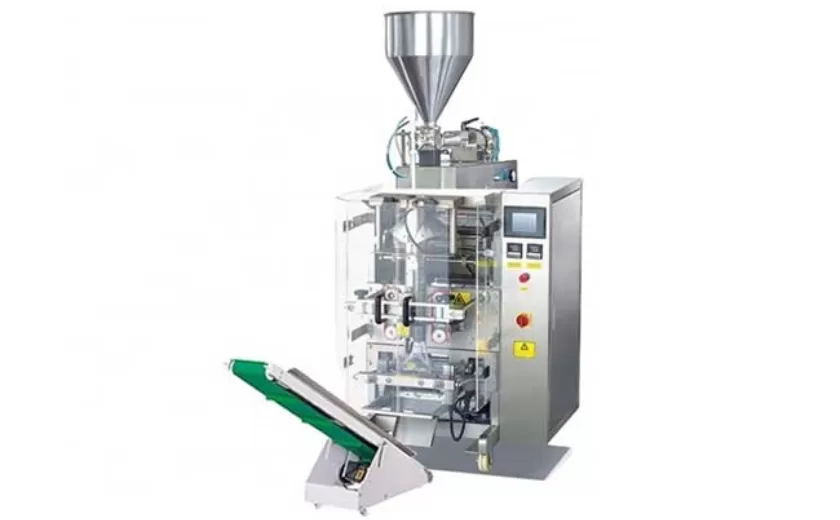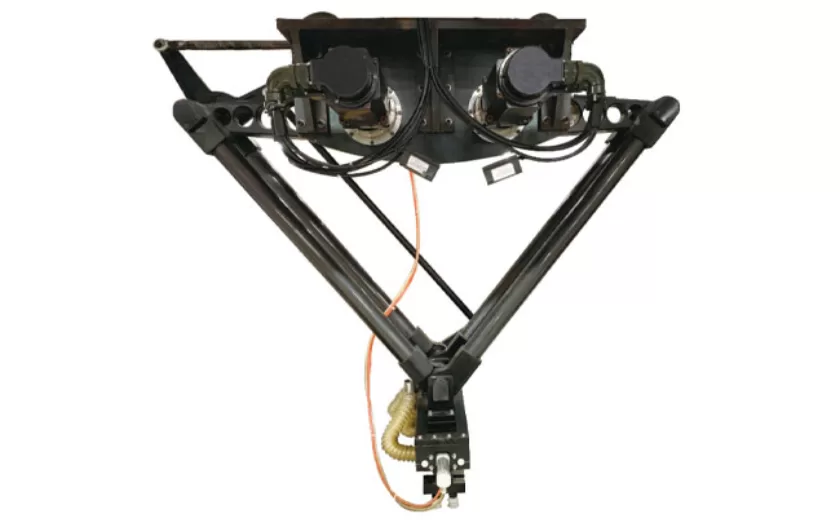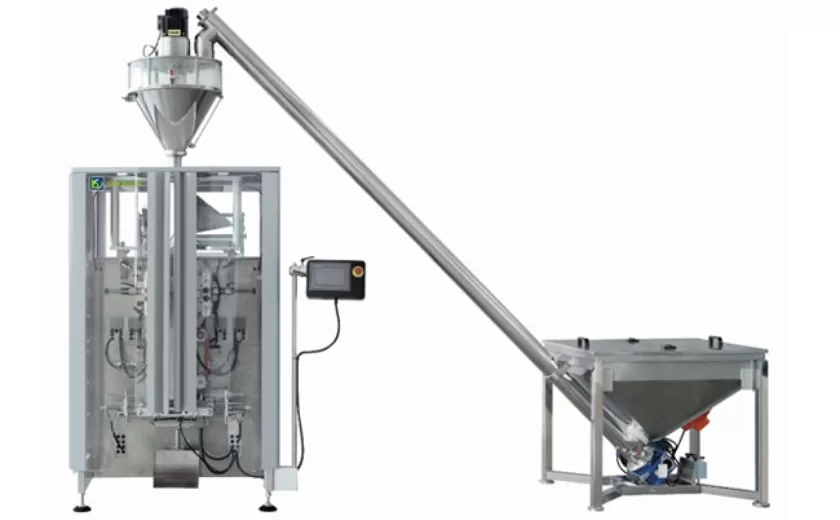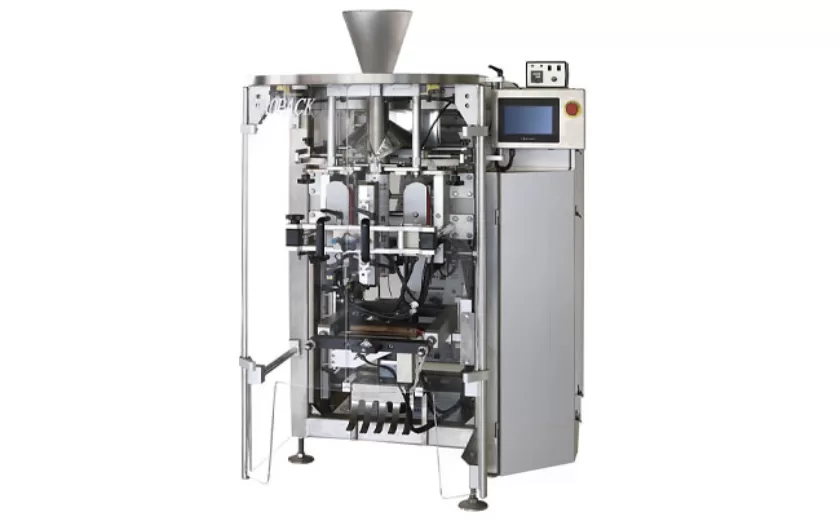The Science Behind Efficient Granule Packaging
The Science Behind Efficient Granule Packaging: Unveiling the Secrets of Maximized Productivity
In the realm of industrial production, the efficient packaging of granules holds paramount importance, impacting both operational efficiency and product quality. Delving into the scientific principles underpinning this process unveils intriguing concepts and innovative techniques that optimize granule handling and storage.
Understanding Granule Characteristics
Granules, consisting of small, solid particles, exhibit unique physical properties that influence their packaging behavior. Factors such as size, shape, and surface roughness determine their flowability, cohesiveness, and resistance to breakage. Comprehending these characteristics is crucial for selecting appropriate packaging materials and designing effective filling systems.
Optimizing Flow Properties
Ensuring smooth and consistent granule flow is paramount for efficient packaging. Granule flowability can be enhanced through various techniques, including:
Fine-tuning particle size and shape: Smaller and more spherical particles flow better than larger, irregular ones.
Minimizing moisture content: Moisture can cause granules to adhere to each other, hindering flow.
Adding flow agents: Substances like talcum powder or silica can reduce interparticle friction and improve flowability.
Selecting Suitable Packaging Materials
The choice of packaging material depends on the granule’s specific properties and the desired packaging environment. Commonly used materials include:
Flexible bags: Flexible, cost-effective bags are suitable for smaller granules with good flowability.
Drums: Rigid drums provide protection from environmental factors and are ideal for heavy or fragile granules.
Silos: Large, vertical containers store bulk quantities of granules and facilitate efficient filling and dispensing operations.
Automated Filling Systems
Automation is key for maximizing packaging speed and accuracy. Automated filling systems utilize precise dosing mechanisms to ensure consistent granule weight and minimize product loss. Types of automated filling systems include:
Gravimetric fillers: Measure granules by weight, ensuring precise filling.
Volumetric fillers: Measure granules by volume, suitable for large-volume applications.
Pneumatic fillers: Use compressed air to convey granules, offering controlled filling rates and reduced dust generation.
Efficient granule packaging requires a multifaceted approach that considers granule characteristics, packaging materials, and filling systems. By understanding the underlying scientific principles, industries can optimize their packaging operations, maximize productivity, and ensure the safe and reliable delivery of their granular products.
-

Advanced Packing Solutions: Snacks, Sugar, and Frozen Food Machines
29-10-2025 -

Efficient and Reliable Solutions for Salt, Nuts, and Frozen Dumplings Packing
29-10-2025 -

High-Performance Biscuits, Lollipop, and Ketchup Packing Machines for Modern Food Production
29-10-2025 -

Efficient Liquid Filling and Packing Machines for Modern Production
23-10-2025 -

Reliable Granule Packaging Machines for Efficient Production
23-10-2025 -

Efficient Auger Powder Filling Machines for Accurate Packaging
23-10-2025 -

High-Performance Liquid Filling and Packing Machines for Hygienic Production
10-10-2025 -

High-Efficiency Granule Packaging Machines for Precision and Speed
10-10-2025 -

High-Precision Auger Type Powder Filling Machines for Efficient Packaging
10-10-2025 -

Efficient Vertical Form Fill Seal Packaging Machines for Smart Production
10-10-2025





